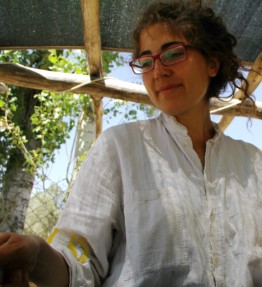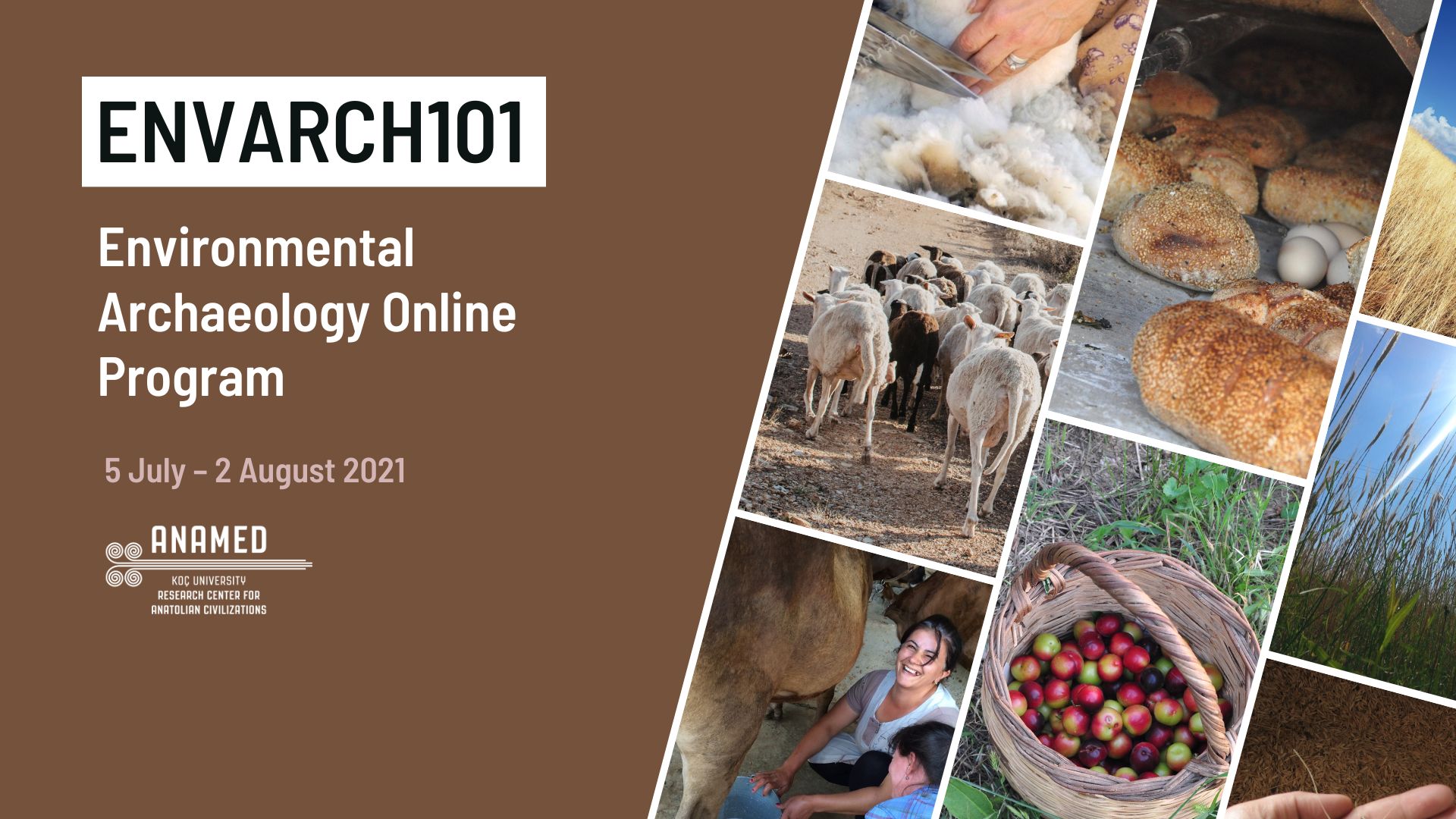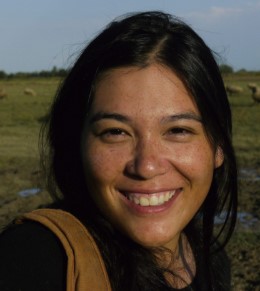
Dr. Müge Ergun, 2018-2020 ANAMED Environmental Archaeology Fellow
Müge Ergun is an archaeologist and archaeobotanist who holds a Ph.D. from Istanbul University’s Department of Prehistory and Paris 1 Panthéon-Sorbonne University Doctoral School of Archaeology (co-tutelle, 2016), and an M.A. from Istanbul University’s Department of Prehistory (2009). Her research focuses on people-plant interactions, plant-based activities in daily and seasonal routines, and their effects on the economic and socio-cultural lives of communities, with a special interest in the beginnings of agriculture and the domestication process in Southwest Asia. She has recently been working on projects focusing on early Neolithic communities from Central Anatolia (Aşıklı Höyük and Balıklı) and North Cyprus (Tatlısu- Çiftlikdüzü (Akanthou-Arkosykos)).


